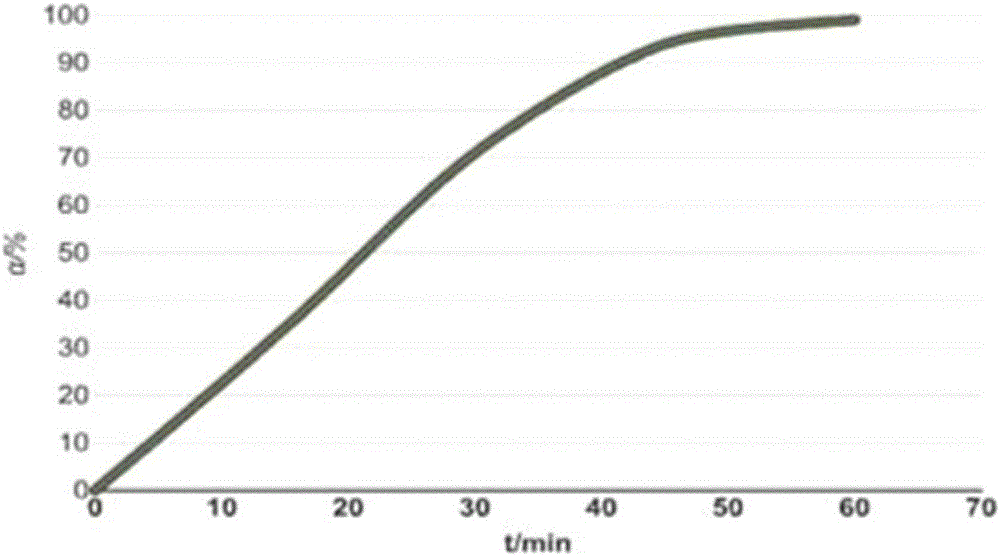Polycarbonate synthesis process
A technology of polycarbonate and synthesis process, applied in the chemical field, can solve problems such as many side reactions, increase process difficulty, affect product color and quality, and achieve the effect of improving efficiency, improving conversion rate and yield
- Summary
- Abstract
- Description
- Claims
- Application Information
AI Technical Summary
Problems solved by technology
Method used
Image
Examples
Embodiment Construction
[0016] A polycarbonate synthesis process, comprising the following steps: the first step, stirring and mixing the melted isosorbide and the melted diester carbonate in a raw material mixing tank; the second step, mixing the raw material mixing tank The mixed raw materials are added to the transesterification reactor, and the released hydroxyaryl reaction product is continuously removed; in the third step, the reaction product of the transesterification reaction in the transesterification reactor is added to the tank-type precondensation reactor, and The prepolymerization product is generated in it, and the released hydroxyaryl reaction product is continuously removed; the fourth step is to add the prepolycondensation reactant after the prepolymerization reactor to the horizontal disc polycondensation reactor with hydraulic drive, Microwave treatment is performed on the precondensation reactants to polycondensate into polycarbonate melts.
[0017] Microwaves can accelerate the ...
PUM
 Login to View More
Login to View More Abstract
Description
Claims
Application Information
 Login to View More
Login to View More - R&D
- Intellectual Property
- Life Sciences
- Materials
- Tech Scout
- Unparalleled Data Quality
- Higher Quality Content
- 60% Fewer Hallucinations
Browse by: Latest US Patents, China's latest patents, Technical Efficacy Thesaurus, Application Domain, Technology Topic, Popular Technical Reports.
© 2025 PatSnap. All rights reserved.Legal|Privacy policy|Modern Slavery Act Transparency Statement|Sitemap|About US| Contact US: help@patsnap.com

